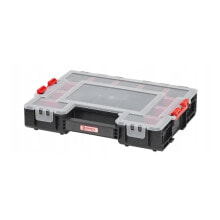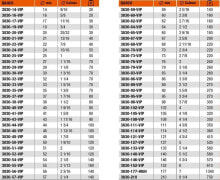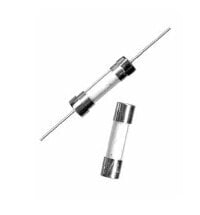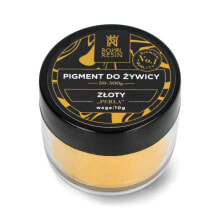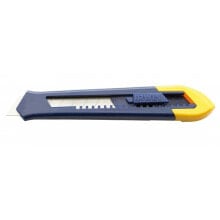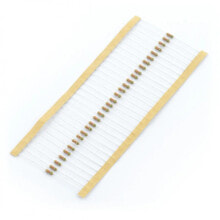Relay 2 channel module with optoisolation - 10A/250VAC contacts - 5V coil
Bestseller
- Product Code:
- 47897826
16 GEL
Properties
Features
- Channel
- 2
- Connection
- Digital I / O
Other features
- Brand
- OEM
Description
Specification
- The supply voltage VCC: 5 V
- Enabled with low state
- Relay: SRD-05VDC-SL-C (documentation)
- Coil voltage: 5 V
- The maximum voltage of contacts: 250 V AC, 110 VDC*
- Maximum current: 10 A
- Optoisolation EL817 (documentation)
- Tile sizes: 50 x 38 mm
- Diameter of mounting holes: 3 mm
* Maximum contact voltage depends on the type of load - details inthe documentationtab. 7. Contact Rating.
DescriptionThe module allows to control the actuators that consumes the current up to 10 A using the microcontroller's ports or anyimplementation set (includingArduino,Rasbperry PiandSTM32Discovery). Optoisolation seperates the control signal from the part associated with the power of relay, thereby providing work safety of the management system.
Connection
For proper operation, it is sufficient to connect the power to the relay coil and the digital control signal. Leads are the standard strips goldpin with pitch 2.54 mm which enables connection via connecting cables.
The relay has the following leads:
- VCC- power of the optoisolator
- JD-VCC - the power of the relay coil, by default, in conjunction with the VCC through a jumper
- IN1, IN2- control inputs of relays, indictaed by the low state
- GND- mass of the system, all the GND leads are connected together
- connectors KF (ARK)- the relay contacts are connected in accordance with the pattern on the board of the module.
Examples of application
- Driver of lighting
- The driver of actuators
- Switch for electric devices, including motors
Useful links
- Documentation of relaySRD-05VDC-SL-C(.pdf)
- Documentation of optoisolator EL817(.pdf)
- Example of connecting a relay to the Raspberry Pi











